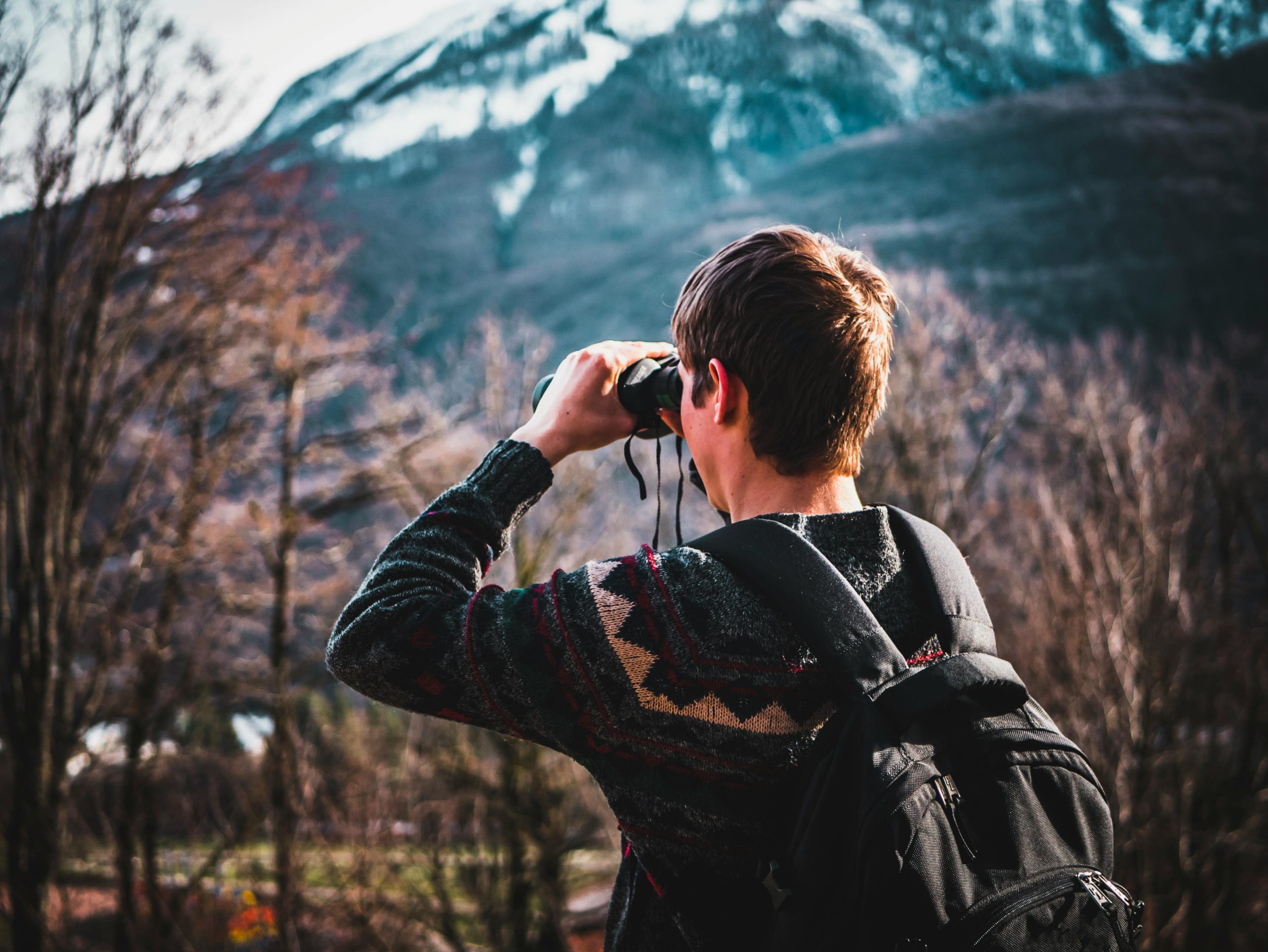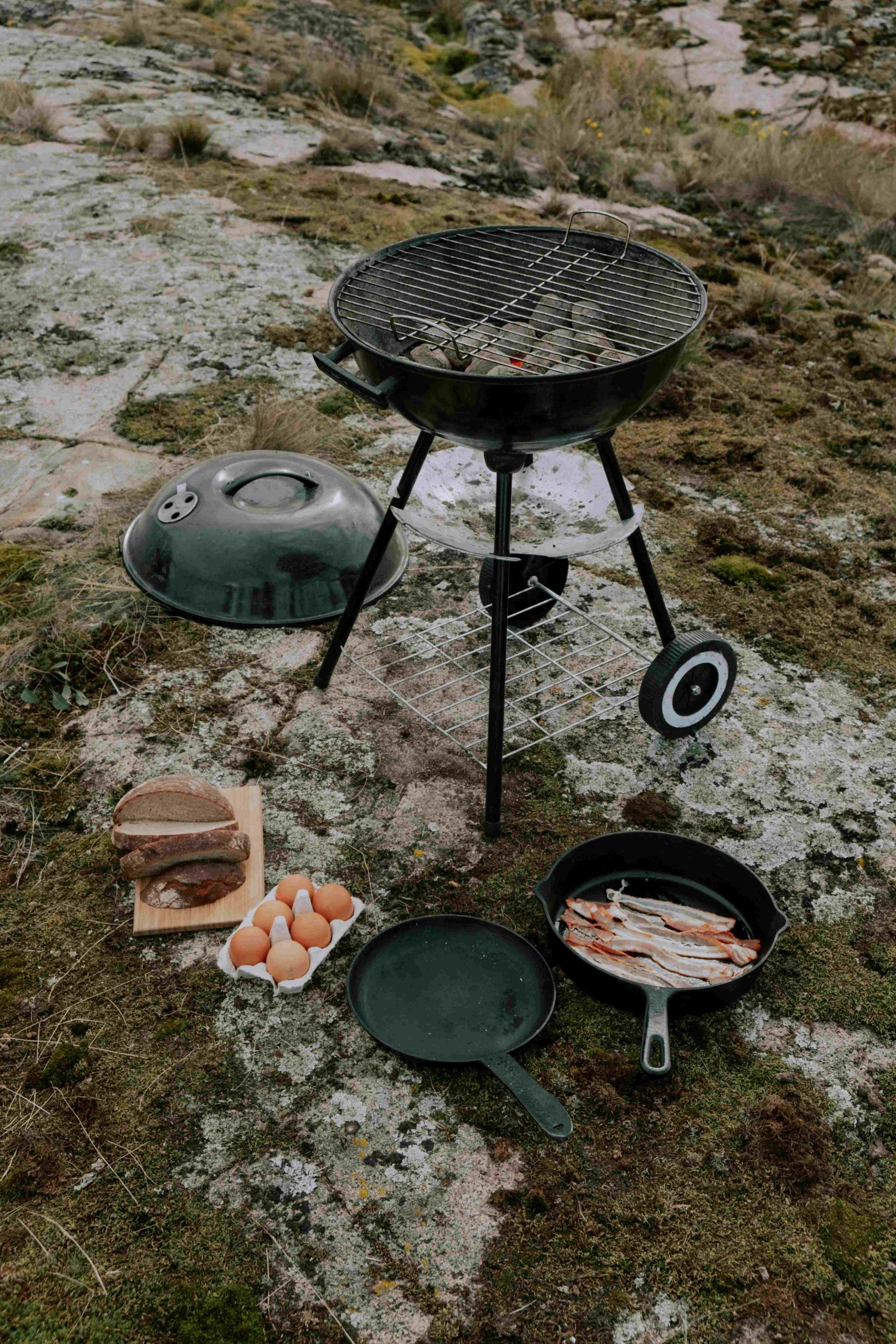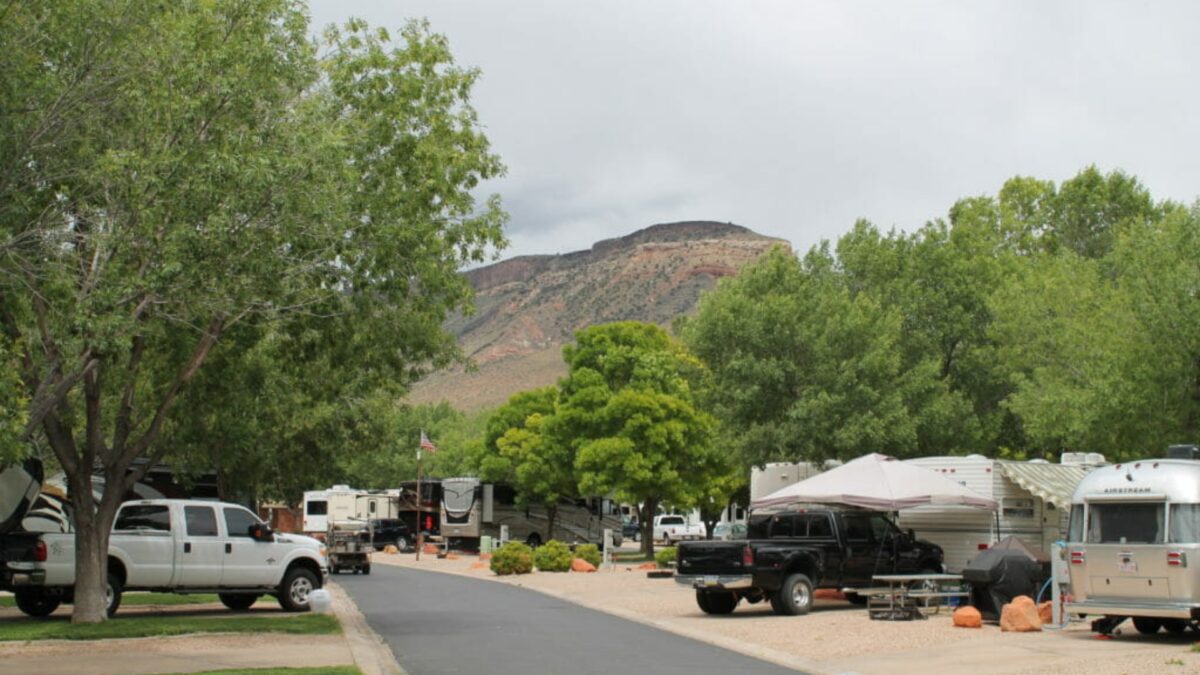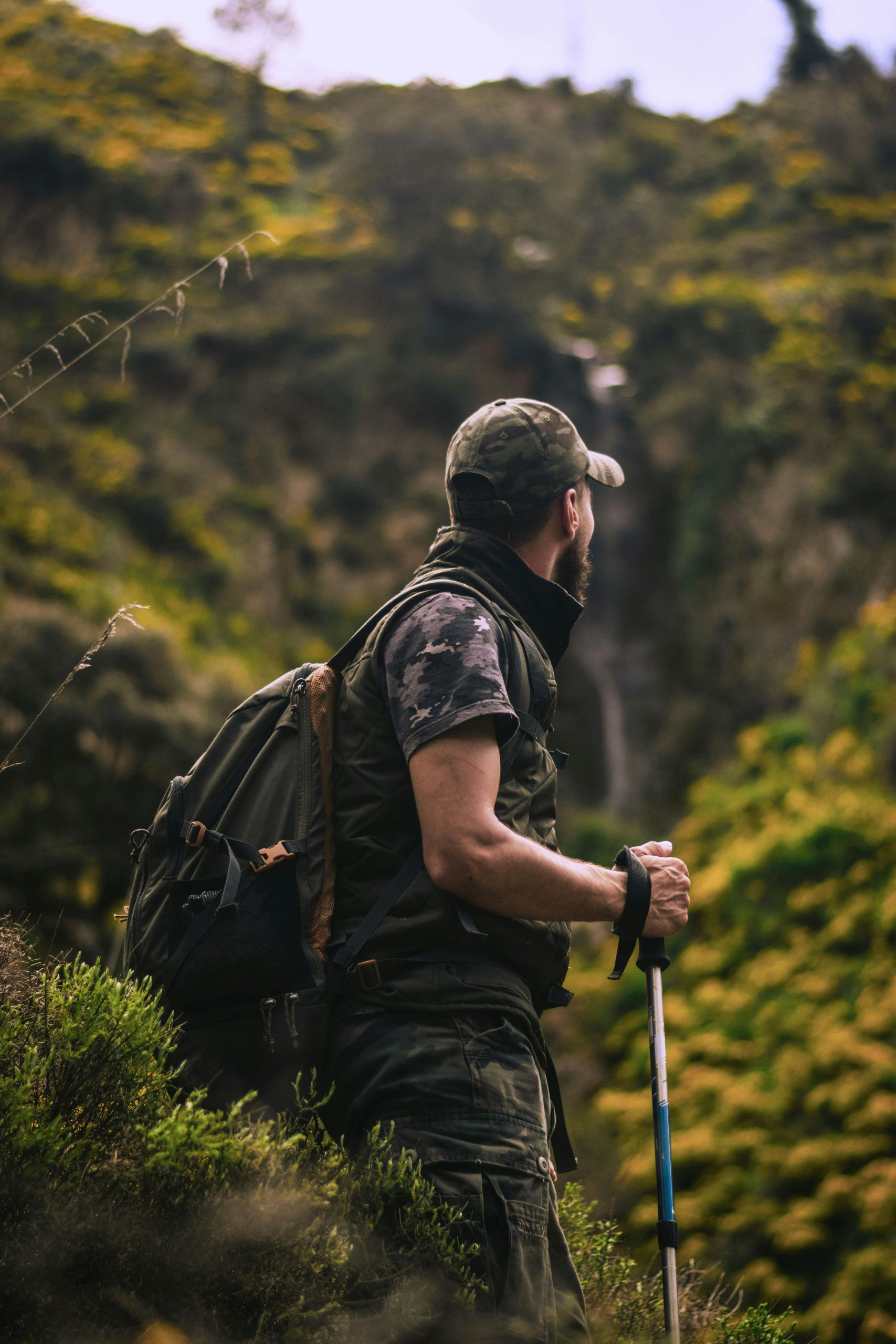Camping in Zion National Park is an adventure that brings you closer to nature and its incredible wildlife. From the majestic cliffs to the serene Virgin River, the park is teeming with a diverse array of animals. In this blog post, we’ll explore the fascinating wildlife in Zion National Park, share safety tips, and provide best practices for observing these creatures without disturbing them. Get ready to discover the wonders of Zion National Park wildlife!
The Rich Diversity of Zion National Park Wildlife
Zion National Park is home to a remarkable variety of animal species. Whether you’re hiking the trails or relaxing at your campsite, there’s always a chance to spot some of the park’s inhabitants. The park’s unique ecosystem supports a wide range of animals, from the common mule deer to the elusive gray fox. Let’s dive into some of the most iconic wildlife you might encounter while visiting Zion National Park.
Mule Deer: The Park’s Gentle Giants
Mule deer are one of the most commonly sighted animals in Zion National Park. These gentle giants are easily recognizable by their large ears, which resemble those of a mule. They are often seen grazing in meadows or along the trails. Mule deer are most active during the early morning and late evening, making these times ideal for wildlife sightings.
Desert Bighorn Sheep: The Climbers of Zion
The desert bighorn sheep are among the most impressive animals in the park. Known for their incredible climbing abilities, these sheep navigate the rocky cliffs with ease. Spotting a bighorn sheep is a thrilling experience, especially when they are perched on seemingly impossible ledges. Keep an eye out for them while hiking the park’s more rugged trails.
Mountain Lions: The Stealthy Predators
Mountain lions, also known as cougars, are the largest predators in Zion National Park. These elusive animals are rarely seen by visitors due to their secretive nature. Mountain lions primarily hunt at night, preying on deer and other small mammals. While sightings are rare, it’s essential to be aware of their presence and follow safety guidelines to avoid any potential encounters with these dangerous creatures.
Rock Squirrels: The Cheeky Residents
Rock squirrels are some of the most commonly seen animals in the park. These cheeky critters can be found near picnic areas and campsites, often scavenging for food. While they may seem friendly, it’s important not to feed them, as this can disrupt their natural behavior and lead to aggressive behavior.
California Condor: The Majestic Soarer
The California condor is a true conservation success story. Once on the brink of extinction, these majestic birds have made a remarkable recovery thanks to captive breeding programs and conservation efforts. With a wingspan of up to 10 feet, spotting a condor soaring above the cliffs is a breathtaking experience. Keep your eyes peeled while hiking Angels Landing or other high vantage points for a chance to see these magnificent birds.
Ringtail Cats: The Nocturnal Wanderers
Ringtail cats are nocturnal creatures that resemble a cross between a cat and a raccoon. These elusive animals are rarely seen during the day but are active at night, hunting for insects and small mammals. If you’re camping in Zion National Park, you might catch a glimpse of these intriguing creatures after dark.
Elusive Gray Fox: The Stealthy Hunters
The gray fox is another elusive resident of Zion National Park. Known for their stealth and agility, gray foxes are skilled hunters that prey on small mammals and birds. They are most active at dawn and dusk, making these times the best for potential sightings.
Safety Tips for Wildlife Encounters
Encountering wildlife in Zion National Park can be a thrilling experience, but it’s essential to follow safety guidelines to ensure both your safety and the well-being of the animals. Here are some important tips to keep in mind:
Keep a Safe Distance
Always maintain a safe distance from wild animals. Use binoculars or a zoom lens to observe wildlife without getting too close. Approaching animals can cause them stress and may lead to aggressive behavior.
Do Not Feed Wildlife
Feeding wildlife is harmful to both animals and humans. It can cause animals to become dependent on human food and lose their natural foraging instincts. Additionally, fed animals may become aggressive or approach humans more frequently, leading to dangerous situations.
When camping, store food in secure containers or bear-proof lockers. This prevents animals from accessing your food and reduces the likelihood of unwanted encounters at your campsite.
Stay on Designated Trails
Staying on designated trails helps protect the natural habitat of Zion National Park’s wildlife. Venturing off-trail can disturb animal homes and increase your chances of encountering dangerous creatures.
Always be aware of your surroundings and look for signs of wildlife activity. Pay attention to tracks, scat, and other indicators that animals are nearby. This can help you avoid unexpected encounters.
Best Practices for Observing Zion National Park Wildlife
Observing wildlife in their natural habitat is a rewarding experience. Here are some best practices to ensure you have a memorable and respectful encounter with Zion National Park’s wildlife:
Binoculars and zoom lenses allow you to observe animals from a safe distance without disturbing them. This also provides a closer look at their behavior and physical characteristics.
Be Quiet and Patient
Wildlife is more likely to appear when there is minimal noise and disturbance. Be patient and quiet while observing animals, and avoid sudden movements that might startle them.
Never attempt to touch or approach wild animals. Respect their space and observe them from a distance to avoid causing stress or danger to both the animals and yourself.
Zion National Park has specific regulations in place to protect wildlife and their habitats. Familiarize yourself with these rules and follow them to ensure a safe and enjoyable experience for all visitors.
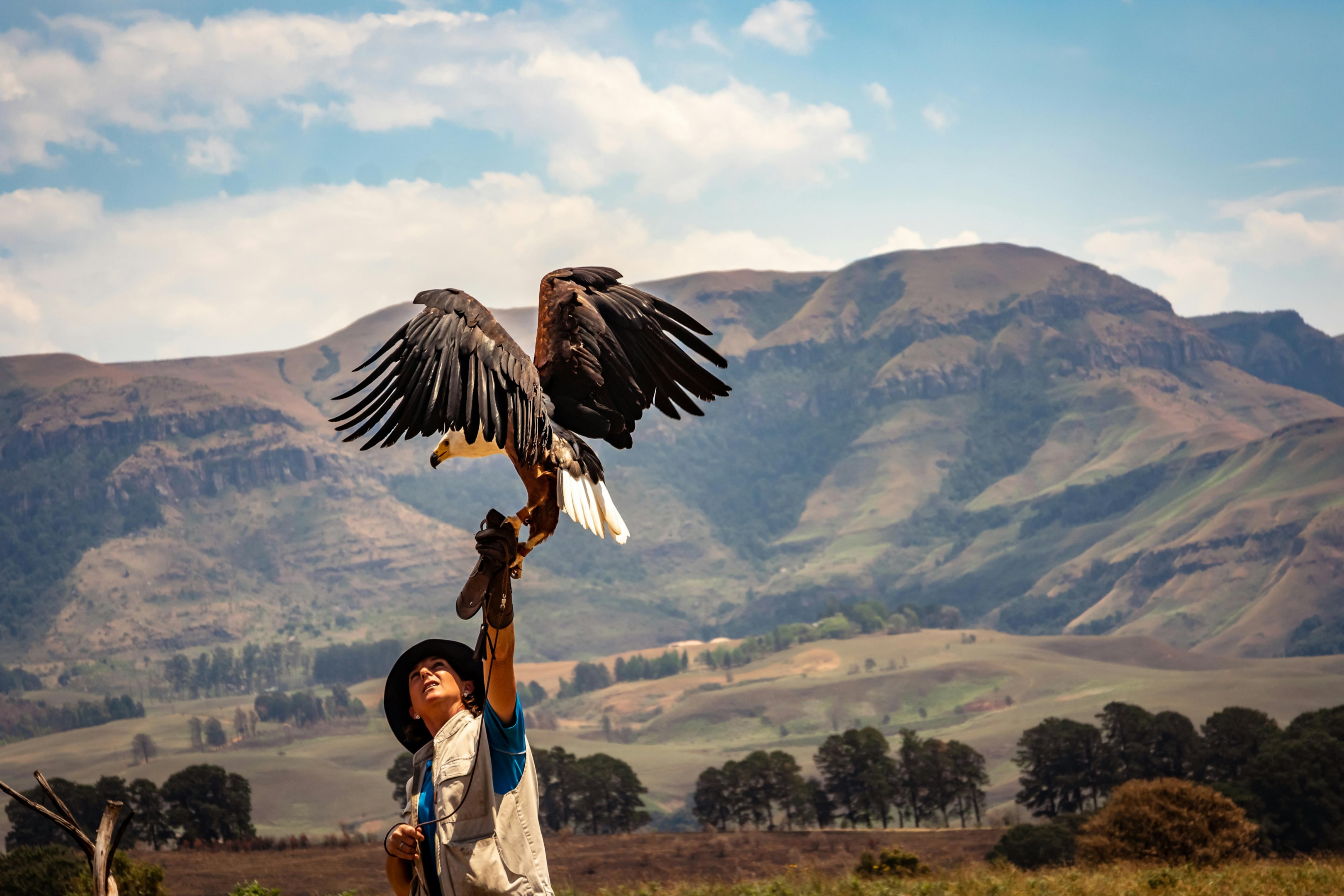
Conservation Efforts in Zion National Park
Zion National Park is committed to preserving its unique wildlife and their natural habitats. The park’s conservation efforts include habitat restoration, research programs, and educational initiatives aimed at protecting endangered and threatened species. Visitors can contribute to these efforts by following park guidelines, participating in volunteer programs, and supporting conservation organizations.
Captive Breeding Programs
Captive breeding programs have played a crucial role in the recovery of species like the California condor. These programs involve breeding animals in controlled environments and releasing them into the wild to boost population numbers. The success of these programs in Zion National Park highlights the importance of ongoing conservation efforts.
Protecting Natural Habitats
Maintaining the integrity of natural habitats is essential for the survival of Zion National Park’s wildlife. Conservation efforts focus on protecting critical areas from human disturbance, restoring degraded habitats, and monitoring the health of ecosystems. Visitors can help by staying on designated trails and respecting wildlife habitats.
Educating Visitors
Educational programs and interpretive centers in Zion National Park provide valuable information about the park’s wildlife and conservation efforts. These resources help visitors understand the importance of protecting wildlife and offer practical tips for responsible wildlife viewing.
Embrace the Wildlife Experience in Zion National Park
Camping in Zion National Park at Ferber Resorts offers a unique opportunity to connect with nature and witness the incredible diversity of wildlife that calls the park home. From the gentle mule deer to the majestic California condor, every animal encounter is a reminder of the park’s natural beauty and the importance of conservation. By following safety tips and best practices for observing wildlife, you can ensure a memorable and respectful experience. So pack your binoculars, stay on the trails, and get ready to embrace the wildlife wonders of Zion National Park!

